Japan for All Seasons: What to Wear
Japan has finally opened up to foreign tourists. For the Filipino wanderer, it means seeing Mount Fuji’s graceful cone, crossing the busy Shibuya intersection, experiencing snow, bathing in the traditional onsen, witnessing the splendor of cherry blossoms, indulging in authentic Japanese foods, going shopping and more!
Ahhh! Who wouldn’t want to visit Japan? It has panoramic mountain views, vivid waters, vibrant cityscapes, scenic landscapes, delectable cuisines, and an endearing culture.
To best experience Japan, you first have to understand its four seasons. Each season projects a different scenery, radiates a unique mood, and offers a specific experience. Knowing the seasons will help you plan not only your activities but also your clothes.
What to Wear During Spring
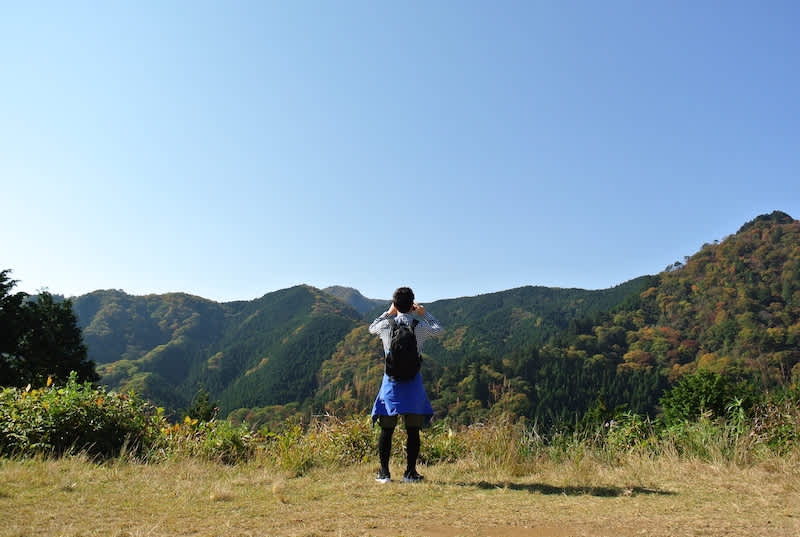
Spring is one of the most beautiful seasons in Japan and is one of the best seasons – if not, the best – to visit the country. It generally lasts from March to May and showcases sakura or cherry blossoms.
The temperature during this time of the year ranges from 5℃ to 23℃. The skies are usually clear, and the weather is cold during the first half and sunshine is plentiful during the second. It is best to bring a coat or jacket if you’re visiting during the first half of the season. Meanwhile, shirts and cardigans or sweaters are great for the second half. Wear them in layers and in styles you are comfortable with.
Don’t forget to check out sakura forecasts if you plan on visiting at this time of the year.
What to Wear During Summer
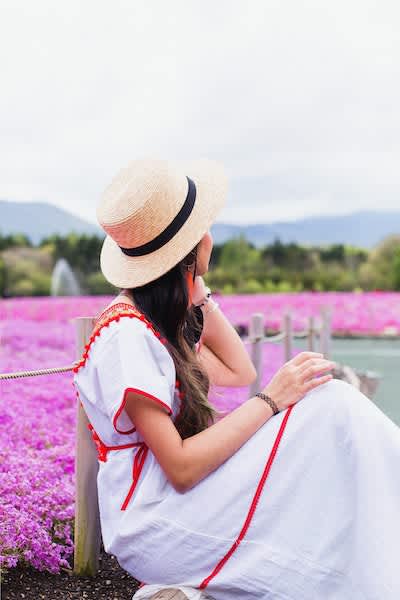
Depending on the location, summer in Japan can be hot and humid. It generally lasts from June to August, and is usually the time for traditional matsuri festivals and summer treats such as soumen noodles and kakigori.
The temperature during this season ranges from 20℃ to 35℃, with July and August being the hottest. Expect extreme humidity and daytime temperatures of up to 35℃ especially in Tokyo, Osaka and other large cities in Honshu and Kyushu Regions. Some of the hottest places in the country are Honshu, Saitama, and Gunma. There’s also Okinawa, which can be found in the southern region. In Hokkaido, summer is generally cool and pleasant, with an average temperature of 20℃.
It is recommended to wear a thin short-sleeved shirt, a sundress or any clothing made with a breathable fabric, especially from July to August. Shorts are acceptable, except at some shrines or temples. A cap or hat and shades are great to have for sun protection. If you can, bring an umbrella too, in case it rains.
Summer is the best time of the year for outdoor activities such as hiking and mountain climbing. If you are going to the mountains and spending the night there, bring jackets, windbreakers and layers of clothing to protect you from the cold of high altitude.
What to Wear During Autumn
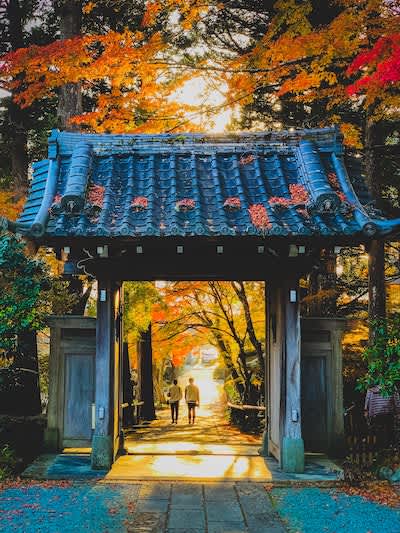
Autumn in Japan is bursting with colors – an explosion of red, orange and yellow. The pleasant weather during this season, which usually lasts from September to November, is ideal for doing lots of outdoor activities.
The temperature in autumn ranges from 8℃ to 27℃. September usually starts out hot, but the temperature drops to lows in the latter part as the season transitions to winter. Mornings are usually clear, dry and sunny, while nights are cold and breezy. It is also the onset of the typhoon season, so be aware of the weather conditions.
If you are visiting in the first half of autumn, a light shirt or a dress is best, especially in the morning. But nights can be cold and breezy, so have a jacket or scarf ready. The latter half of the season can be cold, so make sure to have a jacket, sweater or coat and layer your clothing to keep you warm.
What to Wear During Winter
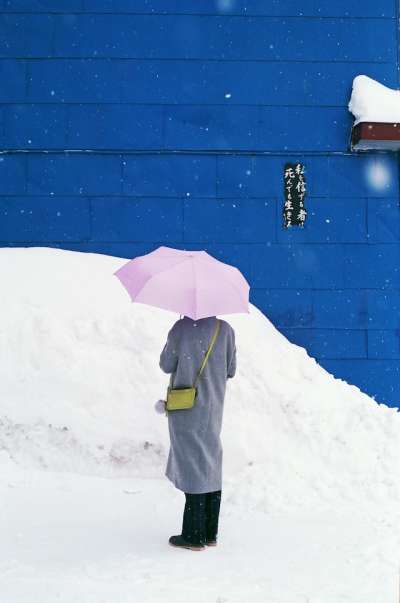
Japan is a winter wonderland from December to March. The entire country is typically cold and sunny, and you can expect a lot of clear and blue skies.
Temperature varies per area. In the southern part, the average temperature during this season ranges from 2℃ to highs of 12°C. Meanwhile, it gets really cold and snowy in Hokkaido, Tohoku, Hokuriku Shinetsu, and other regions with temperatures ranging from -10℃ to 2℃. Tokyo and nearby areas get some days of snow.
Pack your bubble jacket or down coats, gloves, earmuffs, scarves, winter socks and other thermal clothing as you will need them, especially during chilly winter nights. Some mornings will be bright, and long-sleeved shirts will be alright to wear, but have a coat or jacket ready for when it snows. In case it gets really cold, fret not for you can buy a disposable body warmer even at a convenience store to make you feel warm.
If you love winter sports, this is the best season to be in Japan. There are numerous mountains for skiing, snowboarding, skating and other similar activities. Some of these places are close to Tokyo, but the city of Sapporo in Hokkaido is the center stage of Japanese winter as it comes to life during this season.
Japan, Japan, you never cease to amaze! A destination for all seasons, a country that has it all! So what’s stopping you from visiting it? Book that flight, plan your trip, pack your stuff and enjoy!
About the author
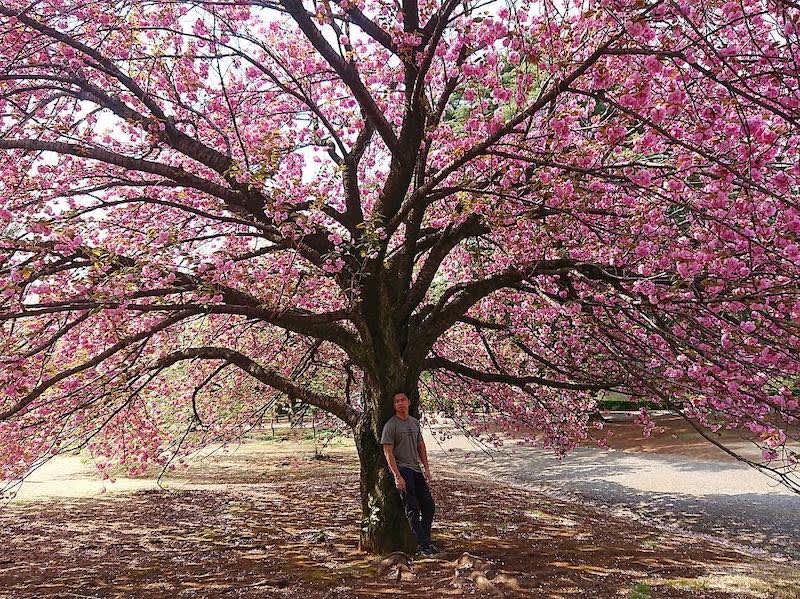
Angel Juarez is the guy behind www.lakwatsero.com, one of the most reputable and multi-awarded travel blogs in the Philippines. He is currently a Law student while being an Information Technology Analyst by clock-in and a mountaineer, scuba diver, runner, mountain biker, hobbyist photographer, aspiring marine conservation biologist, surfer and foodie by clock-out. His blog, Lakwatsero, is a personal documentation of his continuous chase for sunsets, waterfalls, unexploited beaches, unspoiled dive sites and daring adventures.















































